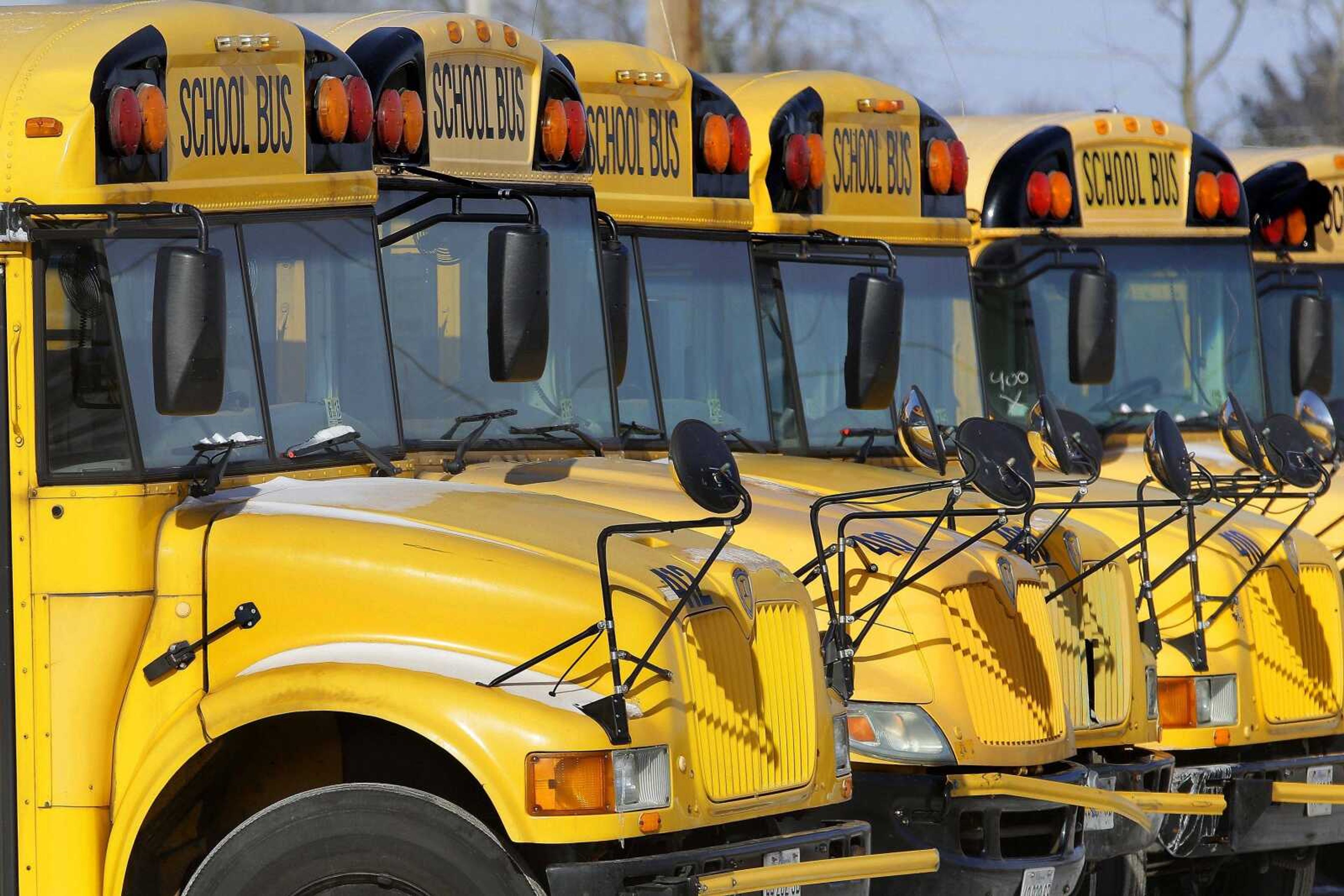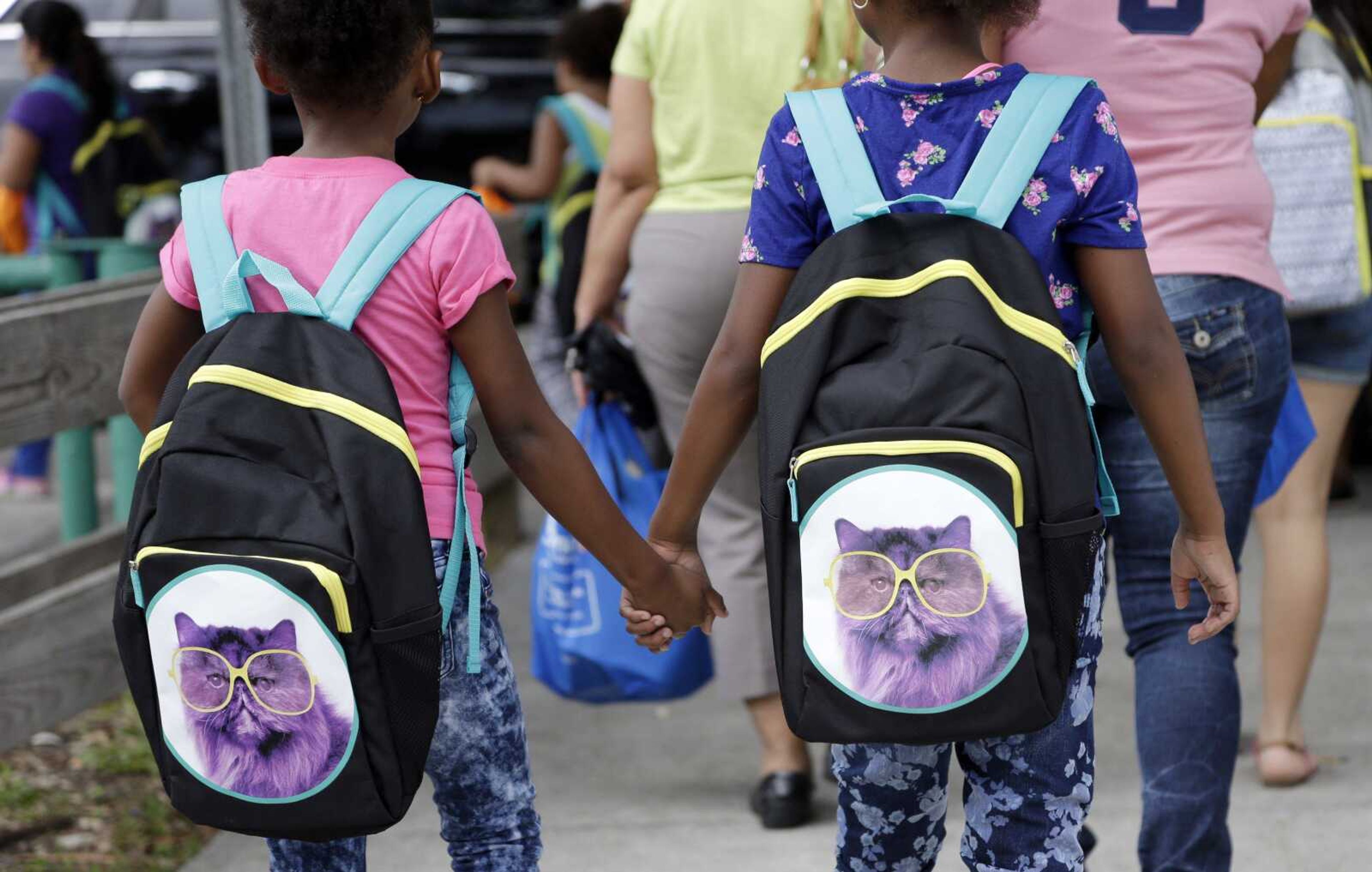Enrollment up a bit as children return to school
WASHINGTON -- No more staying up late during the week. Farewell to sleeping in. And hello, homework! The lazy days of summer are ending for millions of children as they grab their backpacks, pencils and notebooks and return to the classroom for a new school year...
WASHINGTON -- No more staying up late during the week. Farewell to sleeping in. And hello, homework!
The lazy days of summer are ending for millions of children as they grab their backpacks, pencils and notebooks and return to the classroom for a new school year.
Some facts and figures to know as the new school year begins:
Enrollment and costs
About 50 million students are expected to attend public elementary and secondary schools this fall. That's up just slightly from the 2015-16 school year, according to the U.S. Education Department. They'll be taught by some 3.1 million schoolteachers from prekindergarten through high school, with an average student-to-teacher ratio of about 16 students to each teacher. Around 249,000 teachers are new hires this school year.

The growth of charter schools is continuing, with enrollment increasing from 800,000 in 2003 to 2.5 million in 2013, according to government figures. Some 40 states and the District of Columbia reported having about 6,400 charter schools.
The U.S. spends about $11,670 per pupil, on average, on public school education.
About 4.8 million students are expected to attend private school this fall, down slightly from the previous school year.
The National Center for Education Statistics estimates 3.5 million students, public and private, will graduate from high school at the end of the school year.
Longer year
Some schools are adding to the traditional 180-day year. In Washington D.C., for example, 10 public schools are moving to extended-year schedules.
Students in those schools will have 20 more days per year than peers at other schools. They'll have shorter breaks over the school year, which will run 200 days through all 12 months. The idea is less time away from school in the summer will help boost learning and achievement.
Higher ed
The cost of college continues to rise.
Undergraduate tuition, fees, room and board were estimated at $15,640 at public institutions, $40,614 at private not-for-profit institutions and $23,135 at private for-profit institutions for the 2013-14 school year.
In the past 10 years, prices increased 34 percent at public institutions and 25 percent for private not-for-profits.
In all, 40 percent of 18- to 24-year-olds were enrolled in college or graduate school in 2014, according to Census Bureau numbers.
Connect with the Southeast Missourian Newsroom:
For corrections to this story or other insights for the editor, click here. To submit a letter to the editor, click here. To learn about the Southeast Missourian’s AI Policy, click here.









